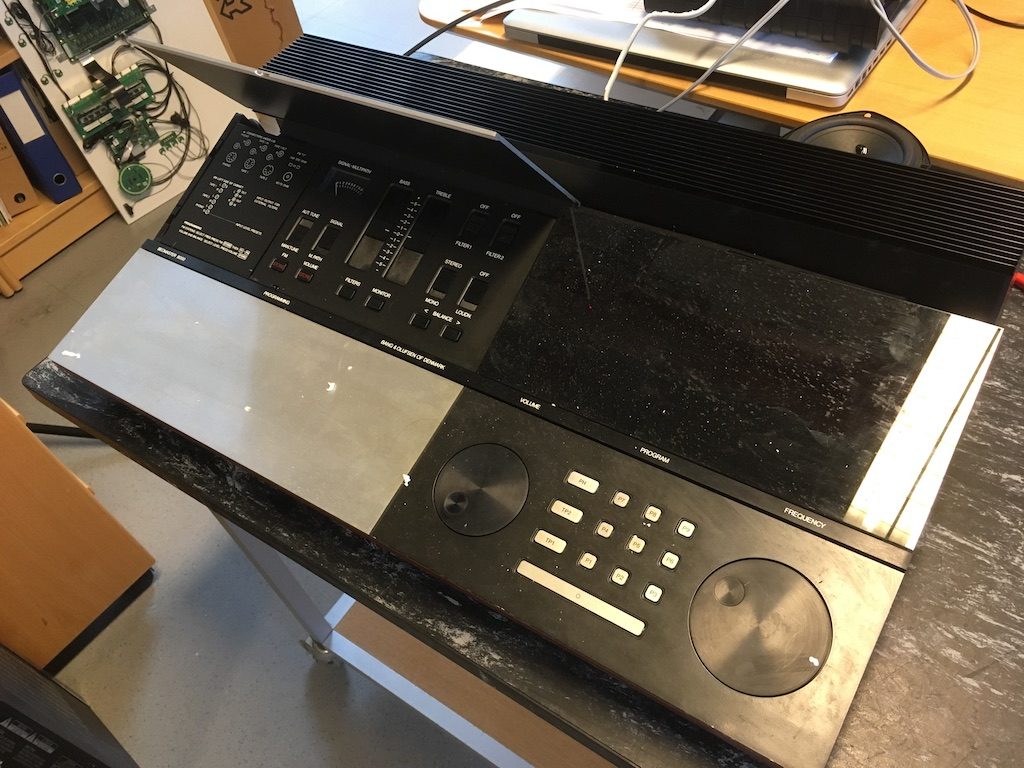solderdude
Grand Contributor
Possibly but not necessarily. You could very well have a room resonance there.Because I had everything already connected and cleaned up, I used the Topping Dx7Pro instead of the NAD C510 dac/pre.
I measured 1 speaker with the umik1 from 1 meter distance.
I noticed something interesting: the distortion is almost exactly at 50Hz, the frequency of AC in my country.
Is this noise induced due to mains leakage into the signal chain?

